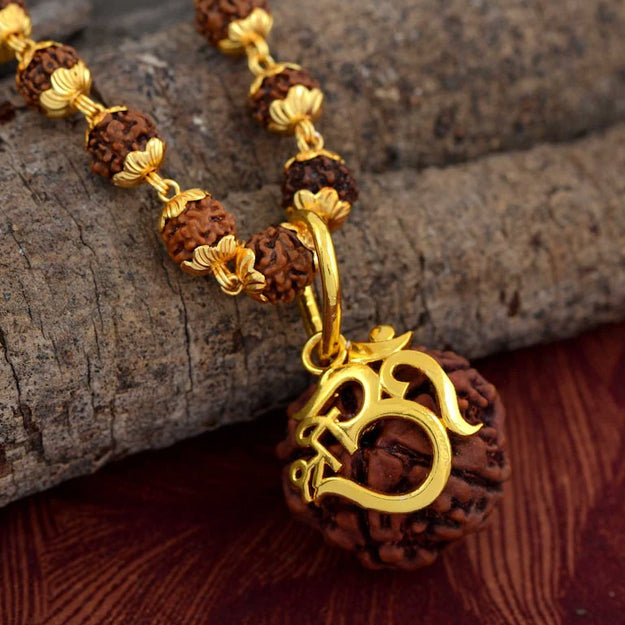Intro
Authenticity is everything with Rudraksha. This guide shows how to recognise original Nepal-origin beads using simple at‑home checks and reliable lab methods—microscopic inspection and X‑ray imaging—to confirm natural mukhi lines and internal compartments. We also explain certificates so you can buy with confidence.
Quick at‑home checks (preliminary)


- Mukhi lines: Natural lines run from one pole to the other without breaks or glue-like fillings.
- Texture and weight: Nepal beads feel woody yet dense; avoid glassy shine or overly smooth texture.
- Hole drill: Look for a clean, centered drill; avoid cracks filled with resin.
- Water test myth: Soaking doesn’t prove authenticity; use lab methods for certainty.
Reliable lab verification (recommended)

- Learn our process and lab standards: https://mankabymvj.com/pages/authenticity-and-certification
- Microscopic inspection: Detects artificial carved lines, resin, or tampering around the mukhi.
- X‑ray imaging: Confirms natural internal compartments aligned with external mukhi lines.
- What a real report includes: Bead images, mukhi count, origin (Nepal), testing method (microscope/X‑ray), lab stamp and ID.
- Tip: Match the bead in your hand with the photos on the report.
Common types of fakes (and how to spot them)

- Carved mukhi on low‑mukhi beads: Lines look too uniform; microscope reveals tool marks.
- Glued composites: Two halves joined; X‑ray shows inconsistent compartments.
- Indonesian sold as Nepal: Smaller size, different surface texture; always check certificate.
- Dyed or resin‑filled beads: Artificial gloss; microscope shows resin residues.
Buying checklist
- Consultation: https://mankabymvj.com/pages/consultation
- 1–14 Mukhi hub: https://mankabymvj.com/collections
- Refund policy: https://mankabymvj.com/policies/refund-policy
- Ask for an ISO‑certified lab report (microscope + X‑ray preferred).
- Verify Nepal-origin sourcing and return policy.
- Compare certificate number with the bead; keep a photo for records.
- Prefer sellers who provide energisation details and guidance.
- Get personalised advice: https://mankabymvj.com/pages/consultation
Why certification matters at Manka by MVJ
- Authenticity & Certification: https://mankabymvj.com/pages/authenticity-and-certification
- 1 Mukhi collection: https://mankabymvj.com/collections/natural-1-mukhi-rudraksh
- Each bead is lab‑tested via microscopic inspection and X‑ray at Indraprastha Gemological Laboratories (ISO 9001:2015).
- Pre‑energised at a Shiva temple; optional Prana Pratishtha Pooja on request.
- Nepal-origin sourcing with lifetime authenticity assurance.
FAQs
- Is X‑ray safe for Rudraksha? Yes. A single imaging exposure for authentication doesn’t harm the bead.
- Can I identify authenticity without a lab? You can filter obvious fakes, but lab verification is the reliable method.
- Does mukhi count affect price? Yes—rarity and quality drive price; higher mukhi generally cost more.
CTA
Need help choosing or verifying a bead? Request a free consultation: https://mankabymvj.com/pages/consultation


